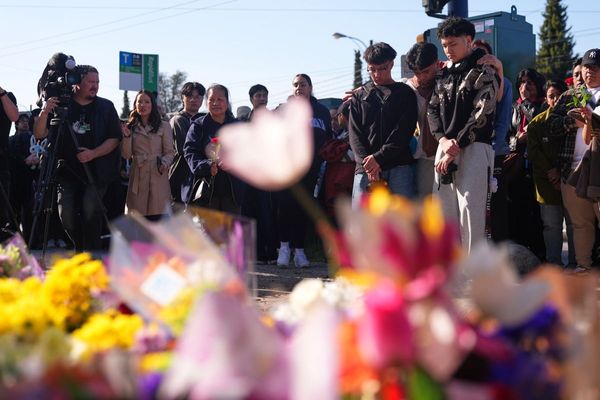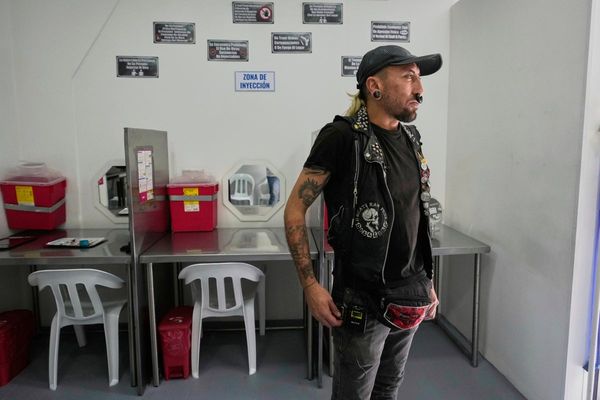
On Dec. 10, 1968, nearly the entire front page of The Yomiuri Shimbun's evening edition, and a good chunk of the inside pages, were devoted to one incident. Small wonder, for just that morning someone had stolen nearly 300 million yen in Fuchu, Tokyo. It was the largest cash heist Japan had ever seen, and a mystery that remains unsolved to this day.
About 294.3 million yen was taken (one estimate puts this at 3 billion yen in today's money, or about 27.6 million dollars). It was en route to a factory in Fuchu to pay employee bonuses, shepherded by staff from the Kokubunji branch of Nippon Trust Bank in a Nissan Cedric car.
But within minutes of their leaving the bank, a young man disguised as a motorcycle policeman ordered the car to stop. The Sugamo branch manager's home had been bombed, he said, and their car might also be rigged.

This was, of course, a lie, and there was more subterfuge to come. After the men in the Cedric got out, the imposter went under the car, where he set off a smoke bomb. He yelled that there was dynamite and when the others ran, he got in the Cedric and drove away.
According to Masato Tanaka, a then newbie Yomiuri reporter who covered the case, police were confident at first. "There was a lot of evidence on the fake motorcycle, and the stolen delivery car was discovered that same day. Investigators were optimistic that if they followed each clue, they'd soon find the culprit," Tanaka recalled in a Yomiuri Online article written for the 50th anniversary of the theft last year.
Four months later, another clue was found -- a stolen Toyota Corolla into which the culprit had transferred the money after escaping in the Cedric. Ultimately, however, much of the evidence in the case turned out to be stolen or mass-produced, and could not be used to identify a purchaser.
Reporters helped take around a composite picture of the thief, but this led to people contacting the case headquarters to say that the man in the picture looked like the man who had shown them the picture.
"I was suspected a number of times myself," Tanaka said. "At the time, there were many young men in their 20s who would've resembled [that picture] if you put them in a helmet. A lot of information came into the headquarters, and investigators were run around by that."
Perhaps the most promising clue was a tiny piece of newspaper found on the motorcycle. It was determined to come from a Dec. 6, 1968, edition of the Sankei Shimbun, and investigators also narrowed down the delivery areas.
However, by the time this information was obtained, two years had already passed since the crime. The registers listing the relevant subscribers and delivery routes had been disposed of.
Happily for the factory employees, the same amount of money was procured the day after the robbery and the bonuses paid. The Kokubunji bank branch had insured the delivery, and thanks to a series of reinsurance contracts, the nearly 300 million yen was covered entirely by foreign insurers.
Among its other claims to fame, the robbery became known as a crime in which "nobody in Japan lost any money."
Read more from The Japan News at https://japannews.yomiuri.co.jp/







